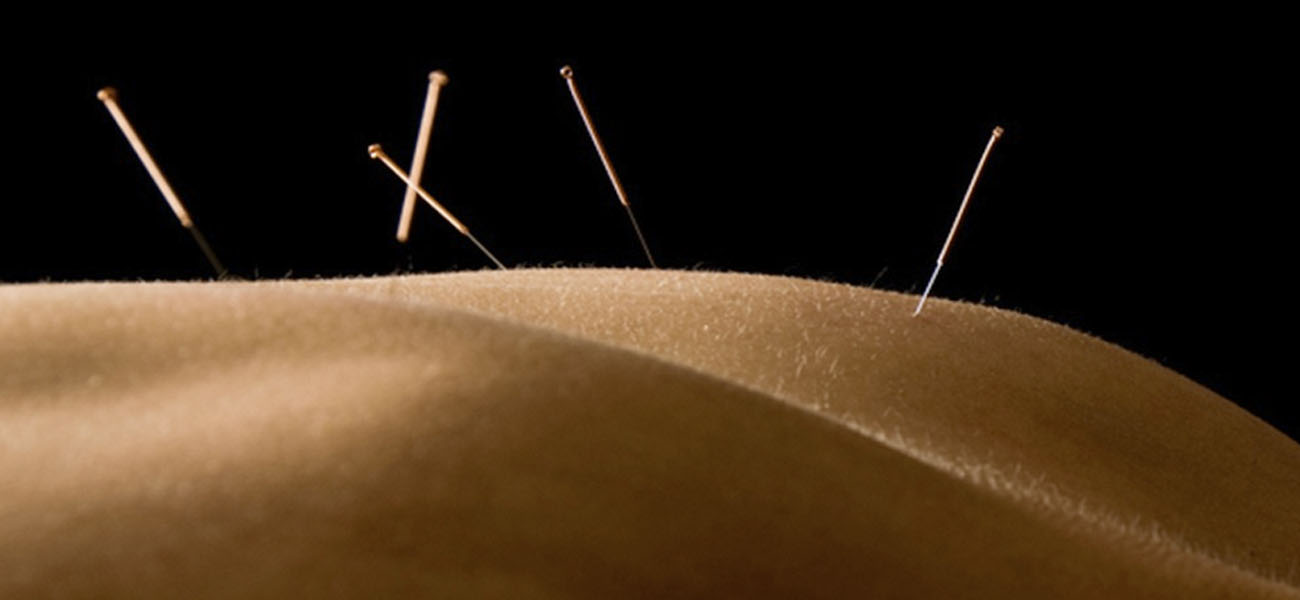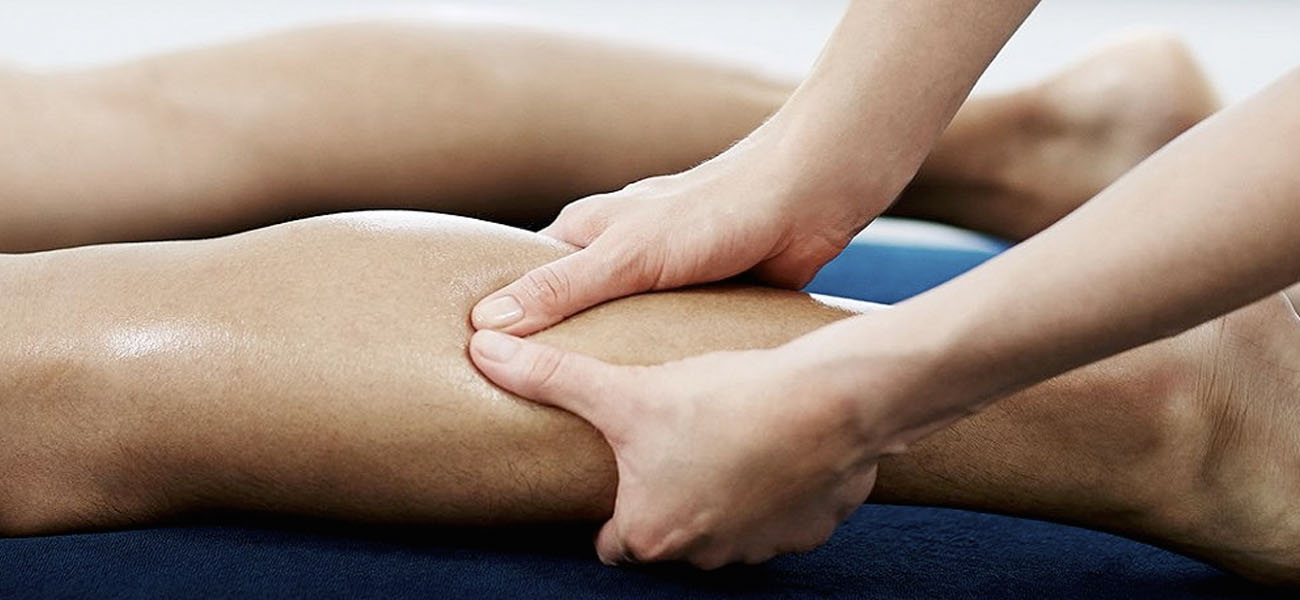Knee Pain
Wobbly knees or knobbly knees, we’re here to help.
The knee joint is one of the largest and most complex joints in the body, consisting of bones, muscles, ligaments and cartilage.
As they allow us to perform so many different movements and activities, they are also particularly vulnerable to pain or damage as they take all or most our body weight alongside any external forces when we walk, run, jump or twist. Knee pain can be linked to poor movement patterns, muscle weakness, poor mobility, poor stability or structural damage from either an internal or external force.
What type of knee pain do you have?
We see lots of different types of knee pain. From childhood issues like Osgood-Schlatters, to traumatic ligament injuries and all the way to osteoarthritic knee joints. We help patients before and after joint replacement or reconstruction surgery. We even see patients with those little niggles that keep you off the playing field, out of the gym or from completing that long ultra marathon training.
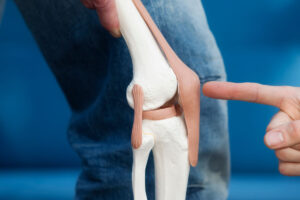
Patella/knee dislocation
Patella dislocations occur when the kneecap laterally shifts leaving the groove that it sits within in the knee joint potentially causing the tissues surrounding it to be torn or stretched.
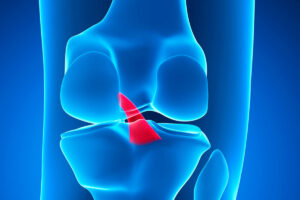
Ligament injuries
The Anterior cruciate ligament (ACL), Posterior cruciate ligament (PCL), Medial collateral ligament (MCL) and the Lateral collateral ligament (LCL) help support and stabilise the knee joint. Injury to these structures can cause pain, instability or reduced mobility.
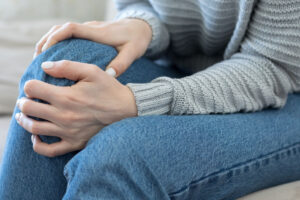
Tendinopathy, tendonitis, tendinosis
These pathologies include injury to the tendons around the knee, which are fibrous connective tissues that attach muscles to bones. This can be caused by repetitive strain, trauma or overloading these structures during specific activities. Resting can allow for freedom of pain, however a structured, guided exercise programme is needed to help for return to sport/activities.
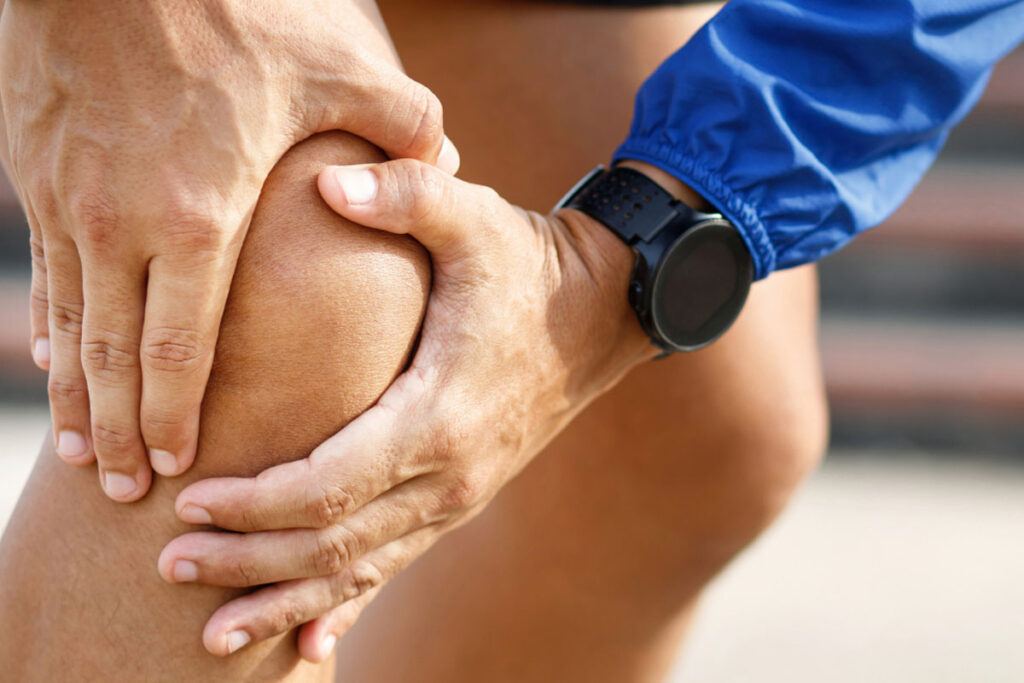
Meniscal tear
A meniscus tear is an injury to your meniscus which is very common. Your meniscus is cartilage within the knee joint that acts as a shock absorber and allows for smooth movement. These injuries usually occur from trauma/sports injuries or can result from wear and tear.
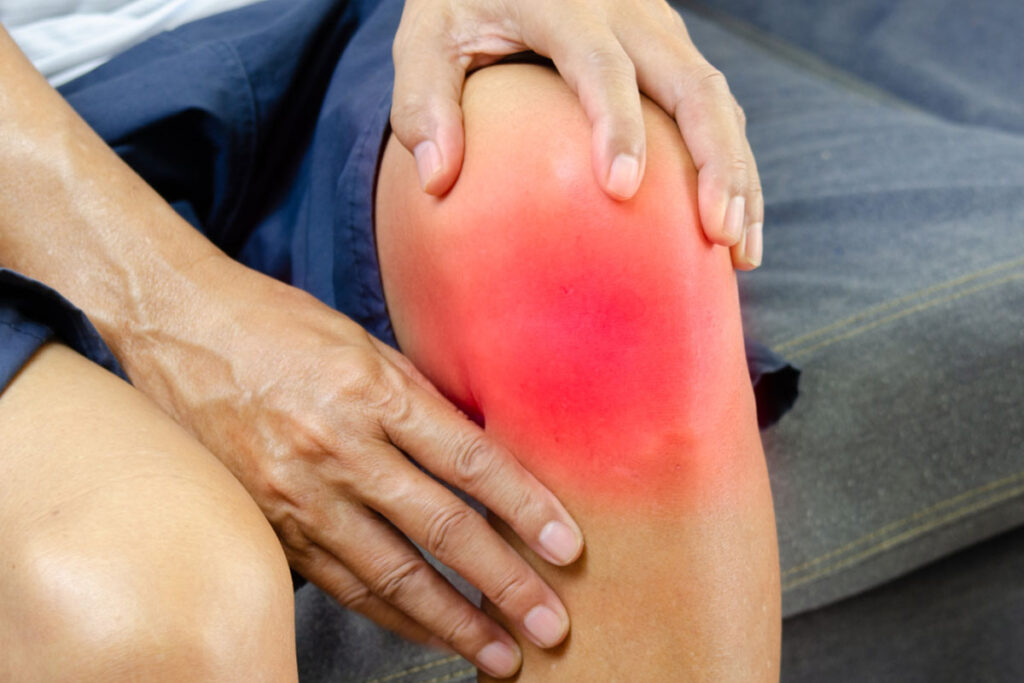
Osgood-Schlatter’s disease
Osgood-Schlatter’s is a common pathology within adolescents, presenting with anterior knee pain with swelling or inflammation with no trauma and an insidious onset. It is associated with sports or activities with a lot of sprinting, jumping or dynamic movements.
Treatments we recommend for knee pain
Your Head2Toe Physio will carry out a thorough assessment, looking at what you can do, what you can’t do and whether there’s anything that should be of greater concern. Most knee issues resolve if dealt with sensibly. A combination of exercise therapy and manual therapy often proves helpful. Combined with a little education on what’s happening and why, things can often improve pretty quickly.
Physiotherapy
Physiotherapy is a healthcare profession concerned with improving human [...]
Manual Therapy
Manual Therapy, Mobilisation and Manipulation. A hands on clinical [...]
Acupuncture
What problems can acupuncture help? Arthritis and rheumatism Back [...]
Sports Massage and Remedial Massage
Sports Massage and Remedial Massage ‘Sports massage is [...]
Our frequently asked questions about knee pain?
Knee pain can be caused by a variety of factors, including injuries, overuse, osteoarthritis, rheumatoid arthritis, and other conditions that affect the knee joint. At Head2Toe Physio, we see a range of patients, including those with arthritic knees who can’t get down stairs, skiers after ACL injury, footballers with meniscal injuries, youngsters with Patella pain and many more!
At Head2Toe Physio, our physiotherapists will perform a thorough assessment. They will take a medical history and listen to what your problem is, how long it’s been there and what makes it better and worse. They’ll perform a physical examination.
For sporting patients, they might examine any videos or pictures of your sporting technique. For those with pain on running, they will likely watch you running to see if anything in your gait pattern might be contributing to your pain.
For those with diagnostic imaging (such as X-rays or MRIs), we will go through your scan reports with you and try to determine the underlying cause of your knee pain.
Our Head2Toe Physiotherapists have a range of treatment options for your knee pain. These may include manual therapy, exercise therapy, electrotherapy, education on sporting technique, posture and ergonomics, and modalities such as ultrasound or TENS. We will develop a personalized treatment plan based on your specific needs and goals.
At Head2Toe Physio we see lots of patients who are understandably keen to avoid surgery. They’re often sent by local doctors and consultants who think that surgery should be avoided at this particular time.
In many cases, physiotherapy can be effective in reducing pain, improving function, and delaying or avoiding the need for surgery. Our goal is to help you regain mobility and improve your quality of life without the need for invasive procedures.
It depends on the cause and severity of your knee pain. Our physiotherapists will work with you to develop an exercise plan that is safe and appropriate for your specific condition, and can help you maintain your fitness while you recover.
You’ll be pleased to hear that you can get your knee pain treated at any of our 3 clinics in Surrey and West Sussex.
At Dorking and Leatherhead, our clinics are based in sports centres with fantastic access to gym facilities and ample room to get you back up to full fitness. At Crawley, we have a modern physio clinic with our own rehab studio, all set to return you back to what you want to do, as quickly and effectively as possible.
At Head2Toe Physio, our physiotherapists will provide education and guidance on techniques to prevent hip pain from recurring, such as maintaining good posture, using proper body mechanics, and staying active. We may also provide exercises to strengthen the muscles supporting the hip joint and improve flexibility.



